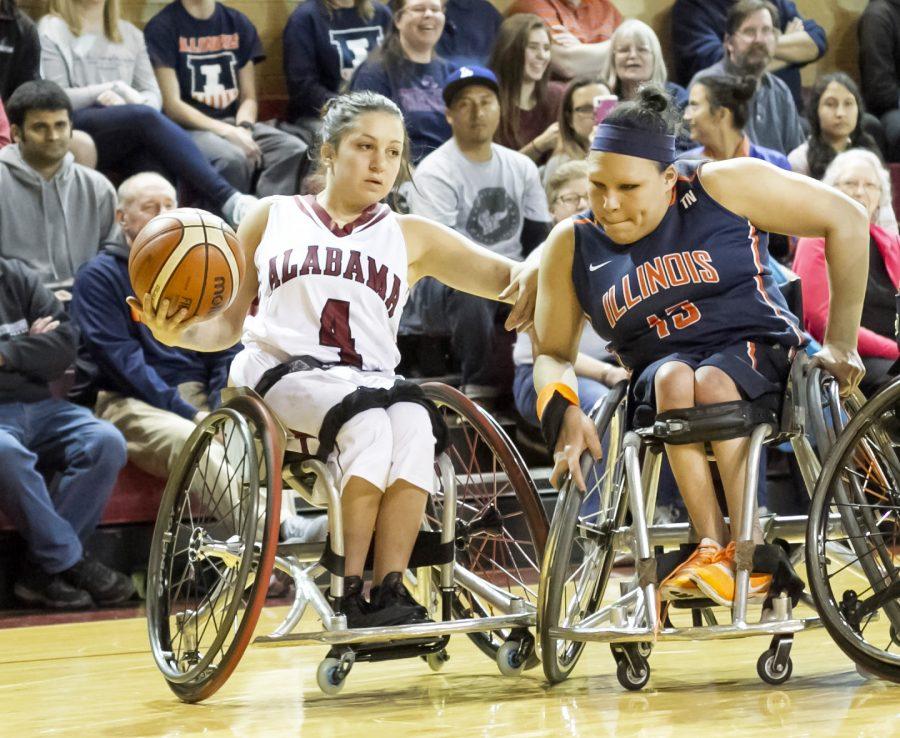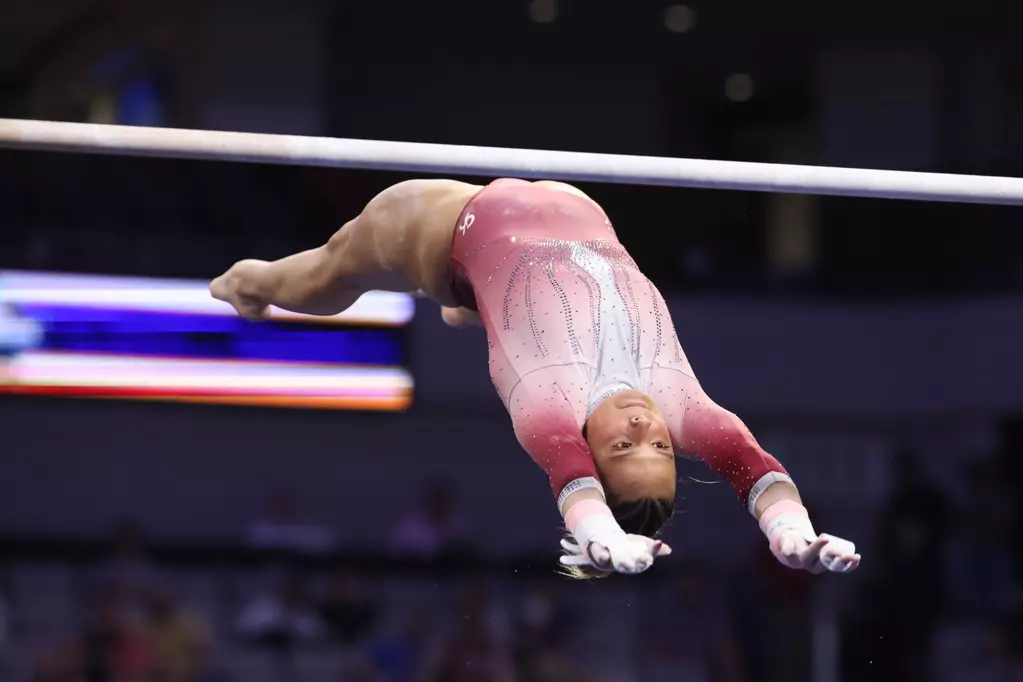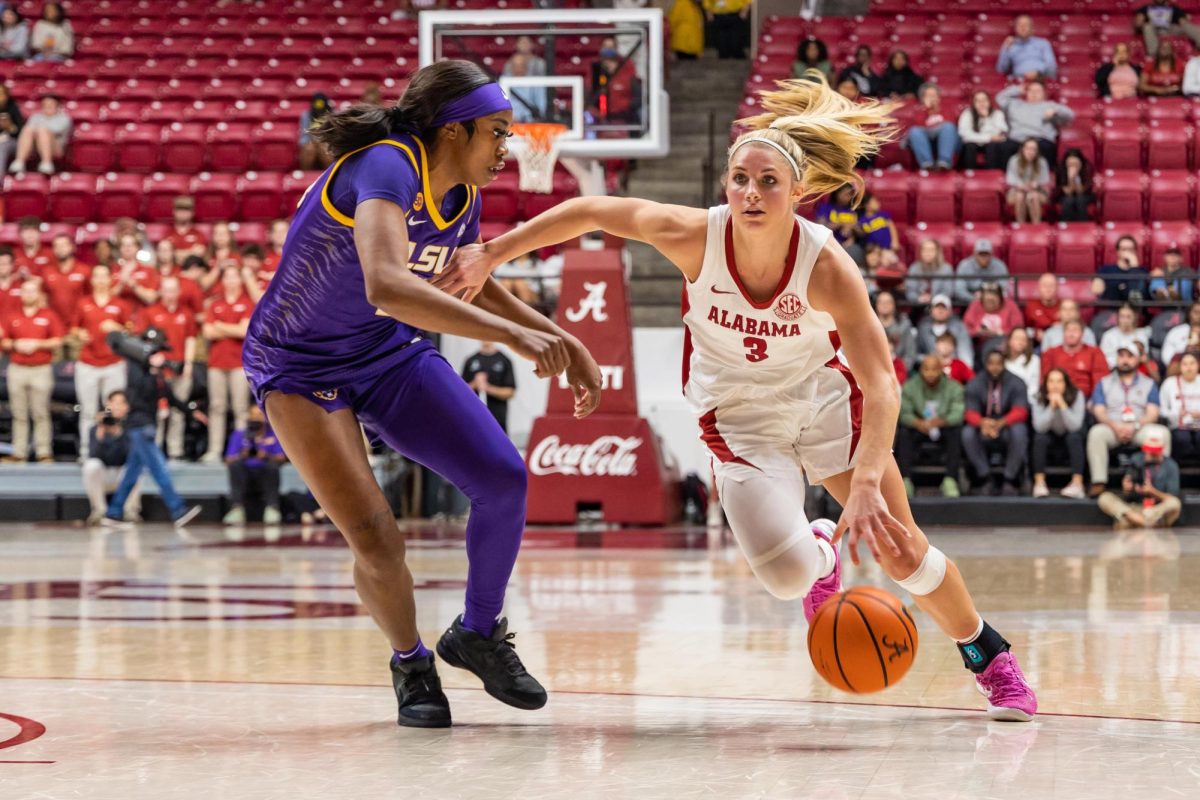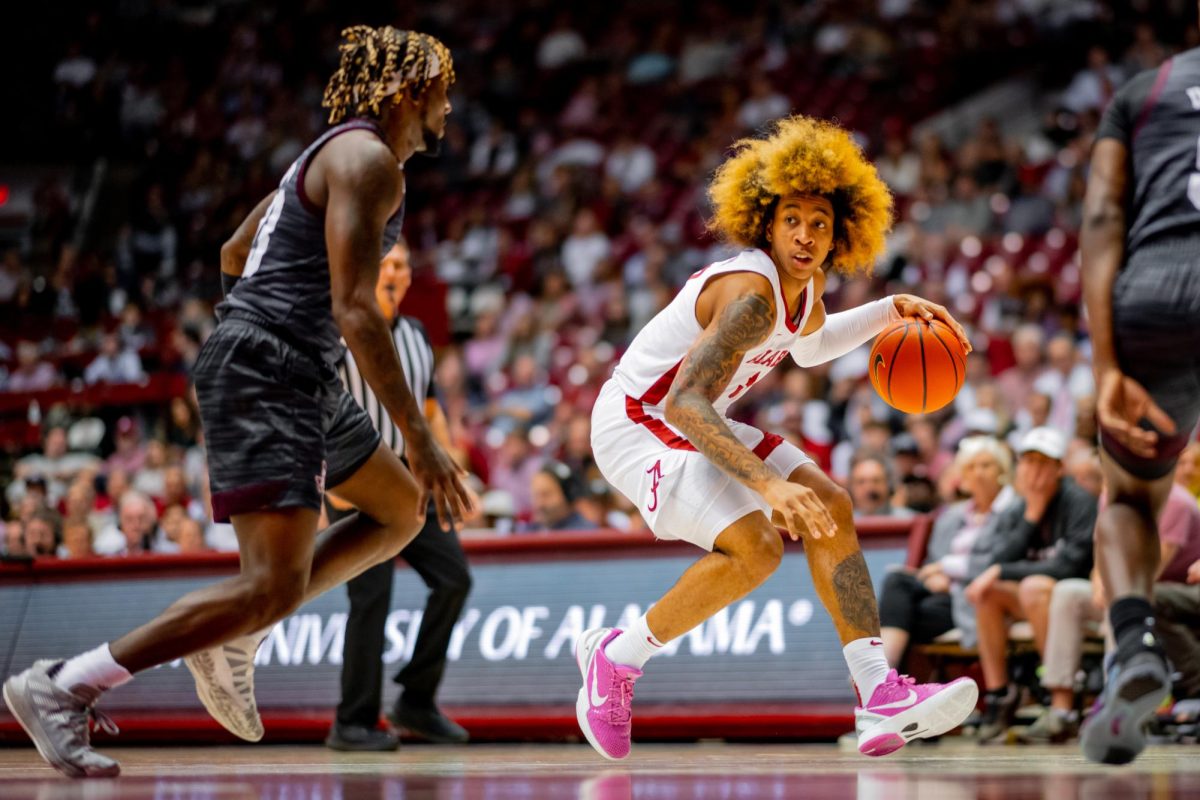The proposed state-of-the-art, $10 million facility would be is for and will be utilized strictly by athletes with a disability.
It seemed too good to be true.
But once construction broke ground last month on the University of Alabama’s brand new Adapted Athletic facility, the dreams of the athletes in the program became a reality.
“I’m really excited,” said Arinn Young, a member of the women’s wheelchair basketball team. “We are all really lucky. No other college is doing this for an adapted program, so I feel very lucky and I know my whole team feels very lucky to be a part of such a big thing not only for our future, but for the futures of people who have a disability.”
In 2003, Brent Hardin, director of Alabama Adapted Athletics, created the program to help students with disabilities continue their athletic careers at the collegiate level, with women’s basketball being its solitary sport at the time. The program has since grown to include a men’s wheelchair basketball team, wheelchair tennis team and is hoping to add rowing and track.
“It’s so exciting,” said Darda Sale, women’s wheelchair basketball player. “It’s going to be amazing to have a space where we can train, and we don’t have to worry about working our schedule around other teams and other events.”
Even though the program’s numbers have flourished over the years, the accessibility the athletes had to the University Recreational Center dwindled as the athletes were forced to share the equipment and space for training and practice with their student peers.
“The hassle [with] using the Rec facility is picking the right time to go,” said DeQuel Robinson, Alabama men’s wheelchair basketball and track and field athlete. “Going to the Rec at certain times it can be extremely packed, so you really can’t go to and get on a machine that you would love to get on that’s going to benefit you and your workout of the day.”
The women’s basketball team currently has a storage space inside the Rec Center, where the athletes can stock and access their chairs in preparation for practice or a game. However, according to Sales and Young, the space is too small and narrow for some of the athletes chairs to easily be transferred in and out.
Each player will now receive their own locker and cubby area inside the facility where they can easily store their chairs, which makes for a more functional and social space for the athletes.
The facility will also be available for the students who are involved in Adapted Athletics’ noncompetitive sports at the University.
“It also shines a light on people with disabilities and those who are not in athletics,” Robinson said. “But also able to attend a facility that’s beneficial to them, and be able to use it.”
Once construction is complete, the athletes will have access to a surplus of developed features inside the building, including an NCAA regulated basketball court, weight and training rooms, locker rooms, meeting rooms and a study hall.
“The exercise room,” Robinson said. “That’s what I’m most excited about. There’s nothing like being able to go to our own weight room, where you don’t have to wait around for equipment. At the facility it’s already presented to you.”
Construction of the facility is scheduled to end in the fall of 2017, which will allow for each team to use the facility in full-swing once 2018 begins.
“I think I’m most excited for that first game when we got onto the court and we are in our jerseys and we are as a team and we are there in our own facility,” Sales said. “That’s when the reality of all this is going to happen.”
The facility will be the first of its kind. Young, who trains and competes with the Team Canada wheelchair basketball team in Toronto, says even the facility there provides only half of what Alabama’s new facility will to athletes involved in adapted programs.
“I think it’s actually a pretty big breakthrough for us,” Young said. “I feel like our names are finally starting to get out there and that people are knowing the wheelchair basketball teams, and the wheelchair tennis team, and to now have our own facility and to be able to show the people and the world what Alabama has to offer is just crazy.”
With the entire adapted athletics program winning seven national championships since 2009 (women’s basketball in 2009-2011, 2015, men’s basketball in 2015, tennis in 2013 and 2015) its success speaks for itself.
However the upcoming facility will prove to be more than just a testament to the program’s past prosperity, it will provide more opportunities in the future not just for athletes with disabilities at Alabama, but for athletes around the world, as adapted athletics continues to gain notoriety.
“It will show everyone in the U.S., and even the world, that people with a disability can do the things that everyone else can, and we get our own building for it,” Young said.









